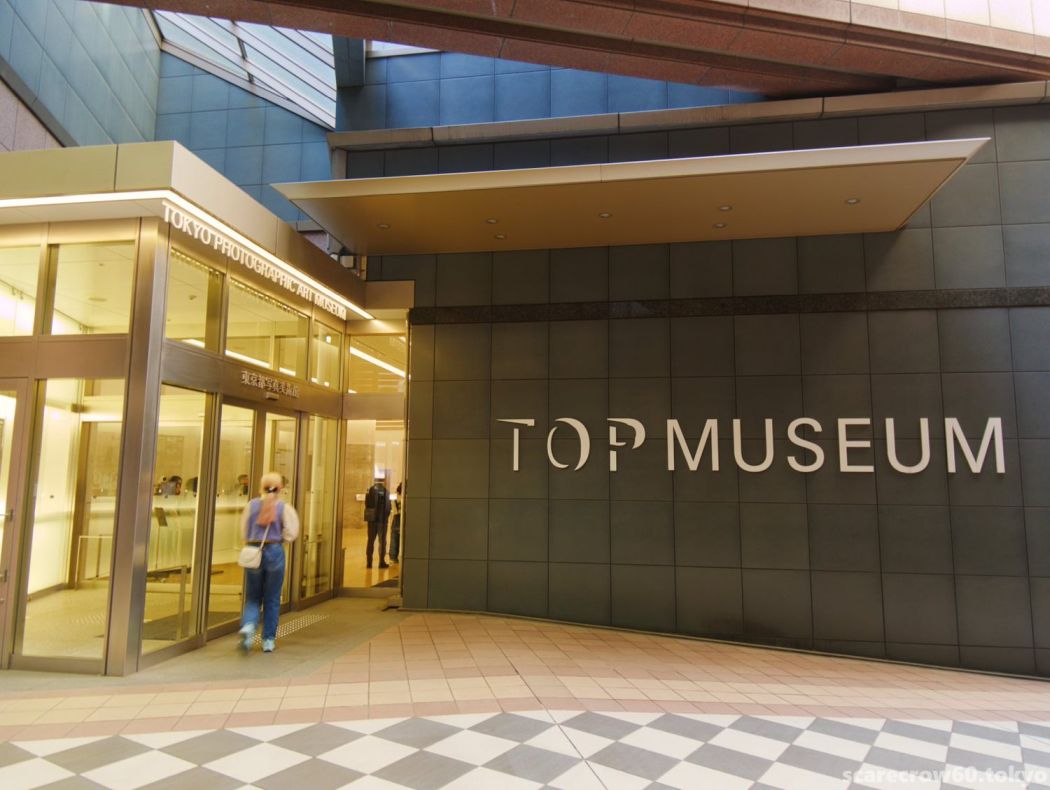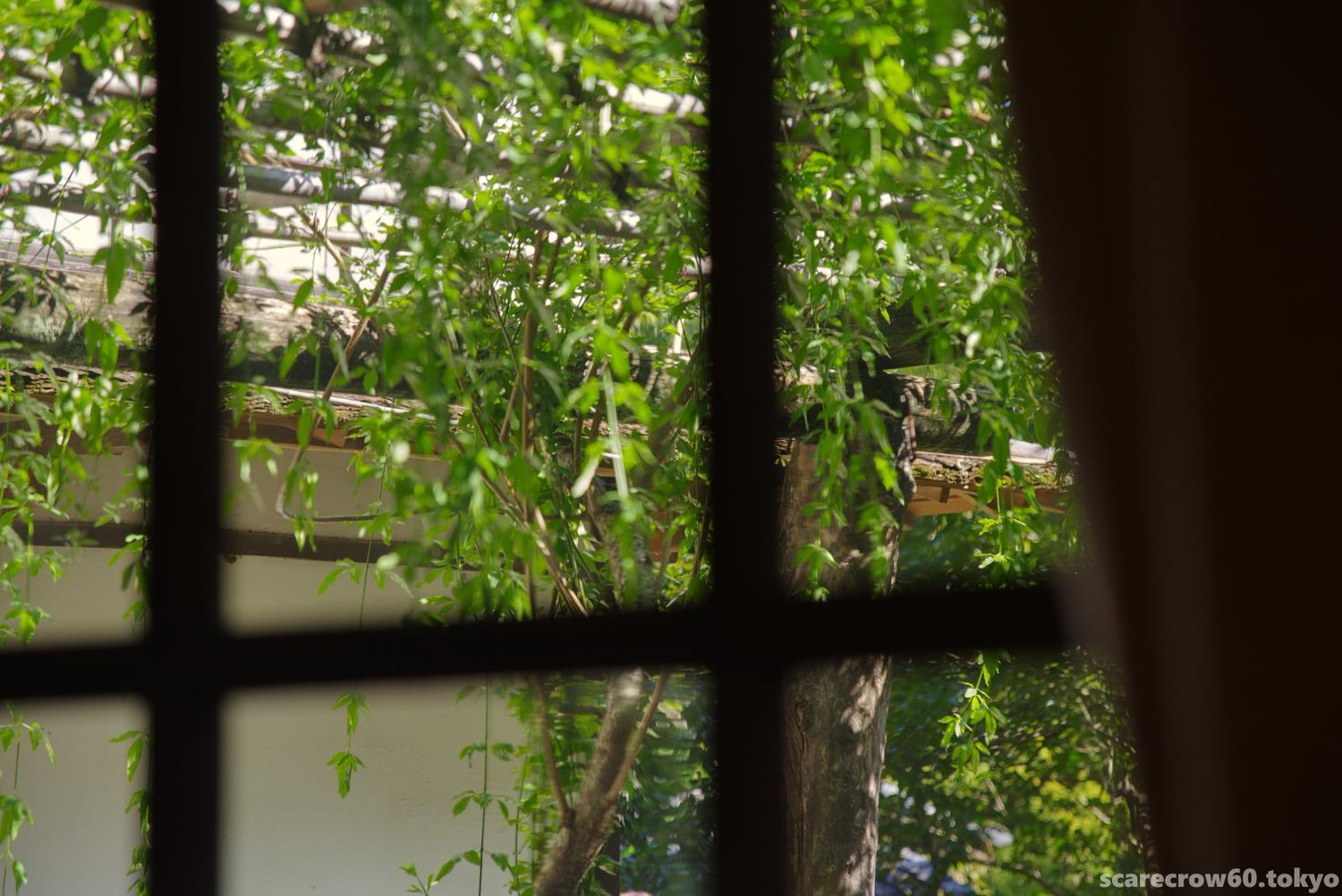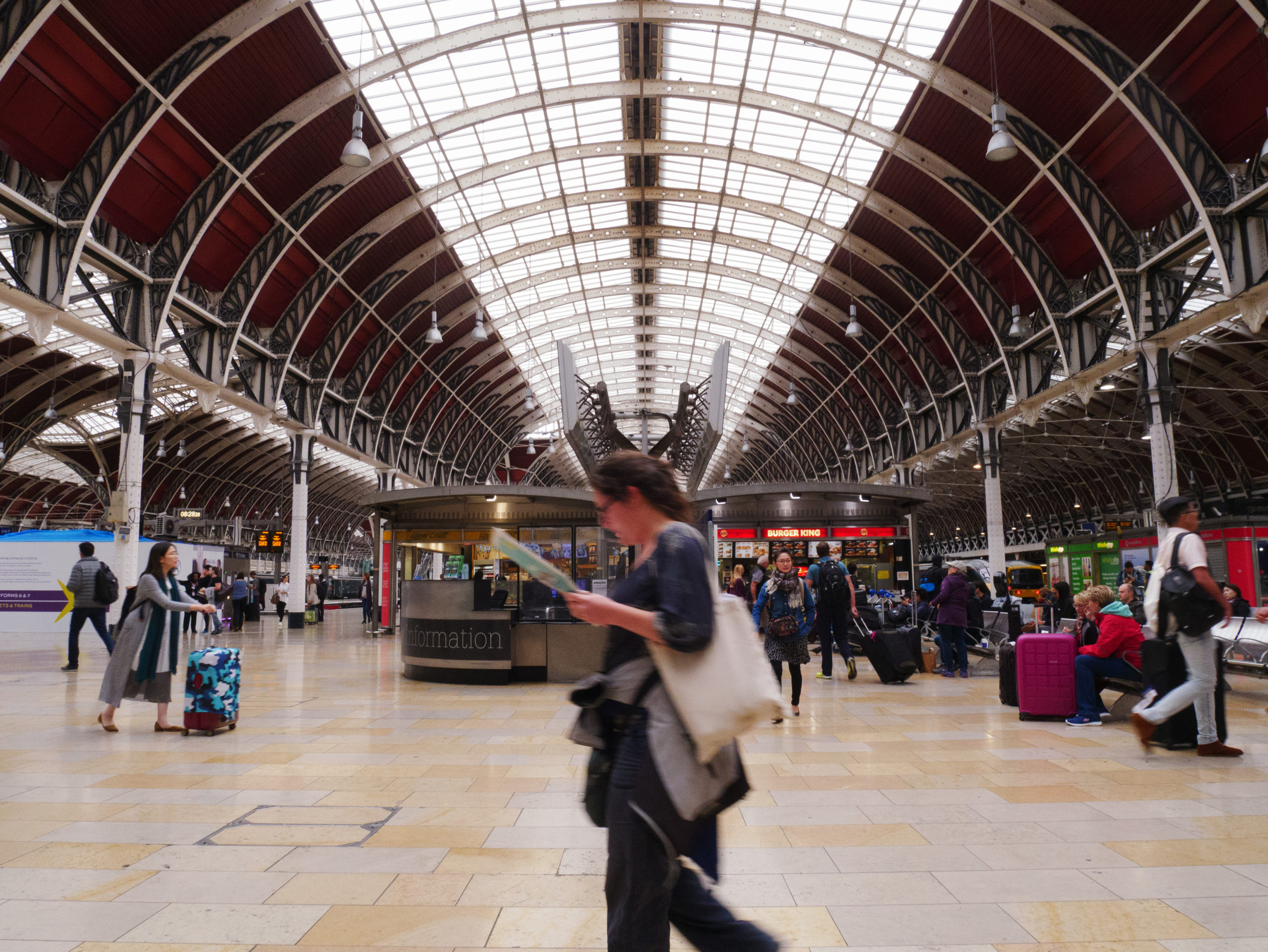I went to see a photo exhibition with a somewhat difficult title.
The venue was in Yebisu Garden Place, which is still a fashionable space even though it is getting old after 25 years in business…
Here is the Tokyo Metropolitan Museum of Photography.
Despite being a long-time resident of Tokyo and calling myself a photography enthusiast, I am ashamed to admit that this is my first visit to this museum.
There were several exhibitions going on, but this is the one I saw.
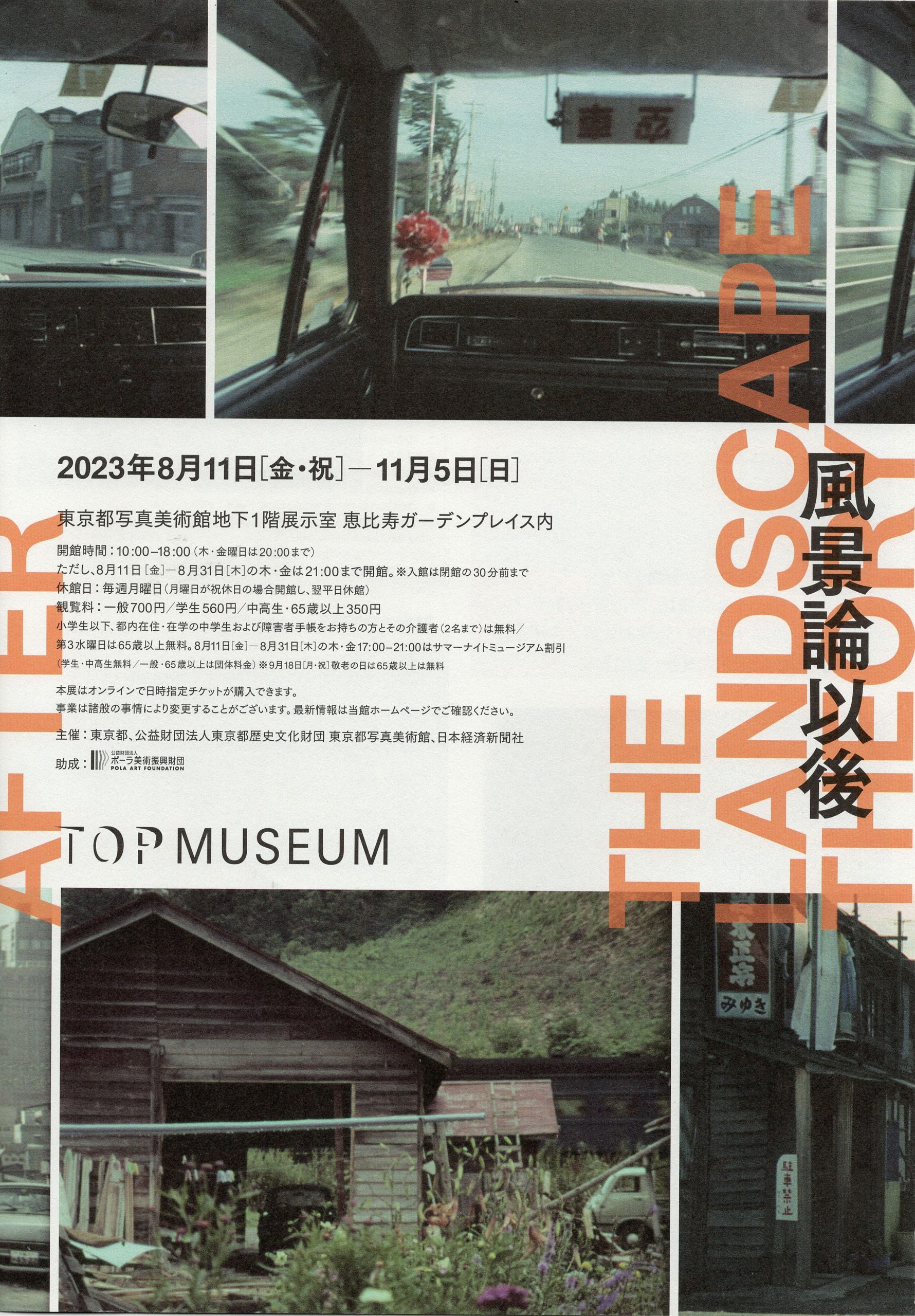
The exhibition itself is not allowed to be photographed, so I can’t introduce it in photos, so if you are interested, you will have to go and see it…but since I was stimulated in many ways this time, I’ll upload a few impressions as a reminder, though I know it’s a waste of time. I will not use honorifics for each artist.
I am an illiterate old man, so I don’t know much about landscape theory. According to the pamphlet I received, the argument that “the homogenizing urban landscape of Japan is the very power of the state and capital” that was popularized by the so-called Zenkyoto generation around the time of Masao Matsuda’s “The Death of Landscape (1971)” seems to be the core area of “landscape theory” in the context of this exhibition.
The context of the exhibition is that the ordinary everyday scenery around us is a symbol of what exploits us, and now is the time to fight and die, people.
In addition to Matsuda, other film and still works by Koji Wakamatsu and Nagisa Oshima were introduced at the exhibition as leaders of the 70s landscape theory.
As for myself, I have a certain interest in “how to photograph urban landscapes,” as I often take silly suburban snapshots, although it is completely self-satisfying.
I have a very different worldview from those of my predecessors in the Zenkyoto generation, so I feel little sympathy for the above theory of landscape, but I was nevertheless attracted to the sense of urgency and alienation conveyed in the photographs and films taken by them.
The exhibition presented still and move works by artists of various generations “post landscape theory” from the 1970s to after 2000,” taking urban landscapes. Since each of these works has a strong artist’s style, some of them may or may not appeal to the viewer. Individually, the film “Serial Shooter (abbreviated name)” by Matsuda, Masao Adachi, and others was certainly strong, and other video works such as “Abenosuji” by Shukuo Imai, “Itami” by Toshiko Takashi, and “Park City, Hiroshima” by Keiko Sasaoka (all titles are vague in memory) left a deep impression.
Putting aside the differences in style and message, the subjects of these works were urban landscapes from the 1970s to the present, the very environment in which I myself have lived, so that when I looked at any of the works, about 30% of me was simply moved by nostalgia, “This is how it used to be. I was also surprised by 70% of the works, “How did you see this and cut it out like this?
There is still a while to go until the end of the exhibition, so for those who are thinking of going to see it, I have uploaded the information on the back of the pamphlet that contains valuable information.
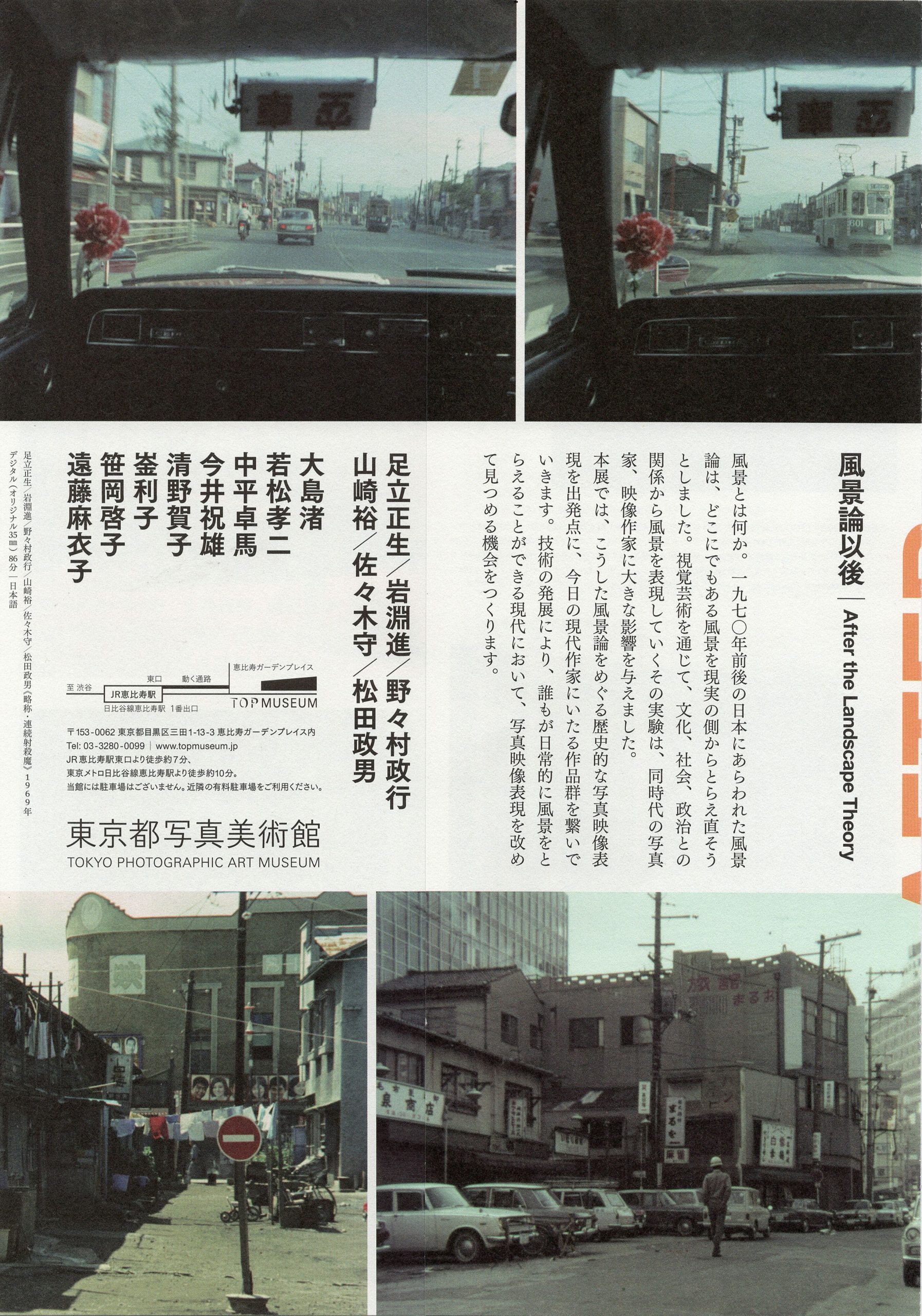
Well, I heard about this in another “landscape theory” discussion I saw recently,
The objective way of seeing things is the landscape. The “sightlandscape” is what you see objectively, and the landscape is what you feel subjectively. In other words, a landscape becomes a landscape only when an individual “willfully sees” the sights that “exists” there.
#I’m not sure if it’s correct translation “sight” and “landscape”
This is the concept of landscape. Considering that landscape photography is to “take pictures with a certain will” rather than just capturing what you see, whether like it or not, what I saw at the exhibition is definitely “urban landscape photography,” which makes me wonder what it is that I am always taking pictures of.
It was a stimulating and thought-provoking visit to the exhibition.

